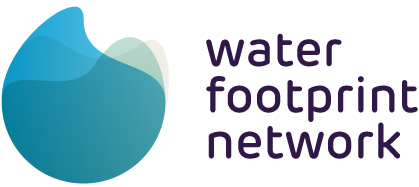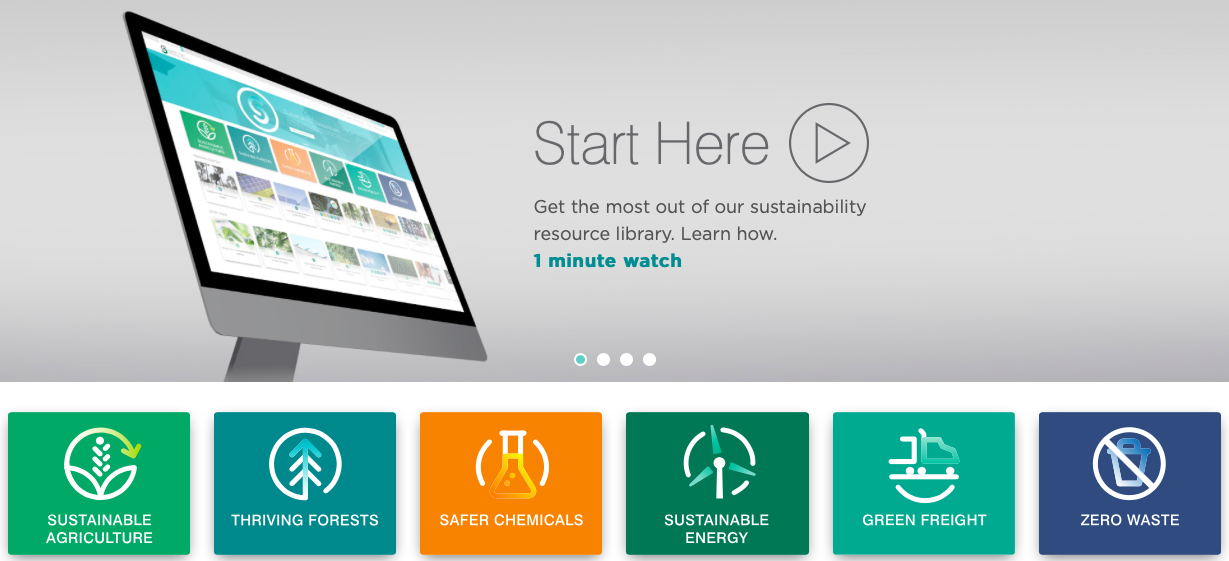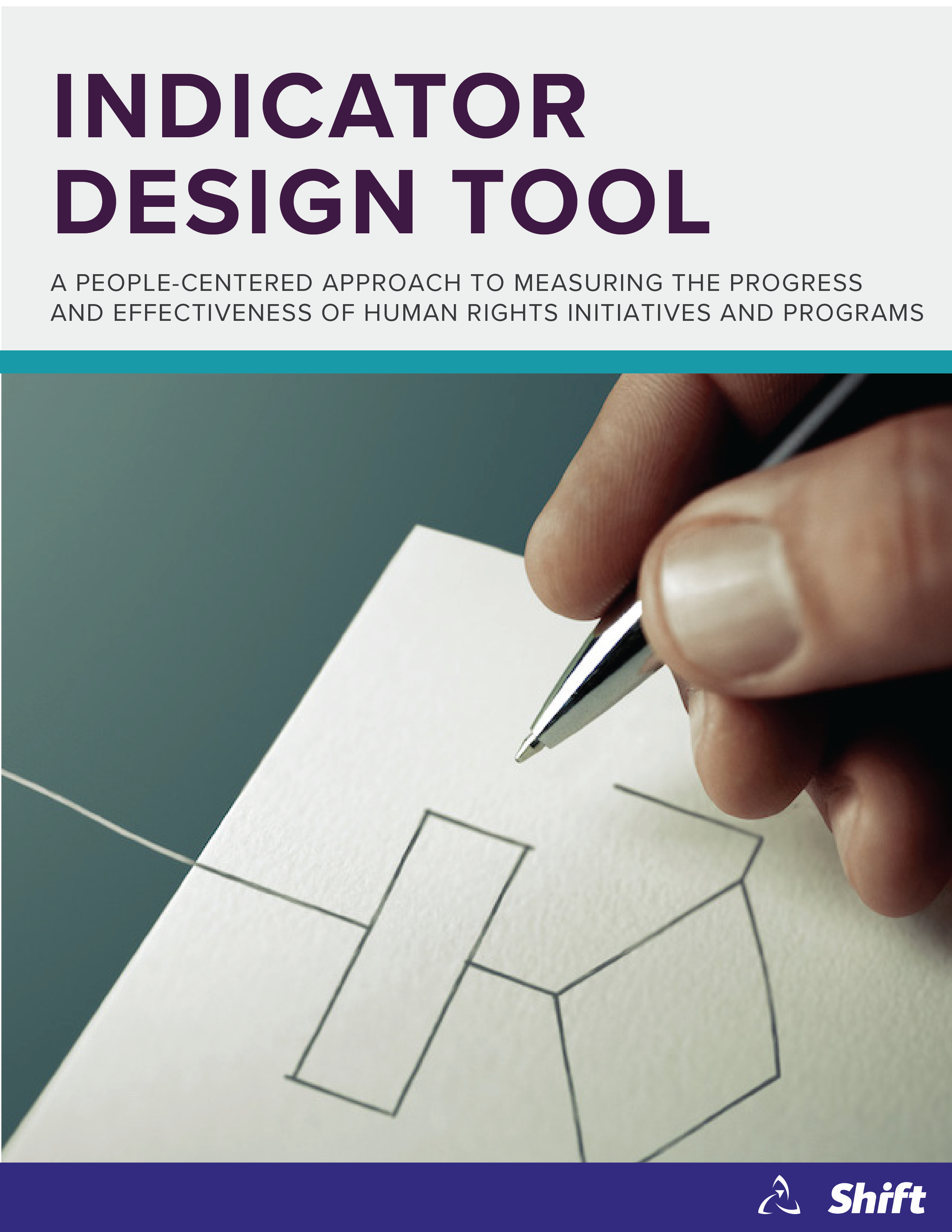Measure
Description
These resources will help you to assess your company’s impacts and contributions to the health of relevant social and environmental systems.
Share this Practice on:LinkedIn
Resources
Climate Change
Science Based Targets
Building on the momentum of the Science Based Targets initiative (SBTi), the Science Based Targets Network (SBTN) is a collaboration of 45+ global non-profits and mission-driven organizations working together to develop guidance to set science-based targets for all of Earth’s systems. Science Based Targets has created a five-step target-setting framework that helps you to assess; interpret and prioritise; measure, set, and disclose; act upon; and track your science-based goals. They have also created sector-specific guidance and target monitoring for companies and financial institutions.
At present, Science Based Targets helps companies to develop their goals based on the latest science: SBTi specifically focuses on GHG emission reduction goals, and SBTN specifically focuses on nature positive goals, with target-setting guidance for land, biodiversity, and freshwater. Their respective websites provide comprehensive resources, cases, and support for taking credible action.
Greenhouse Gas Protocol
This is the global standard for measuring GHG emissions. The protocol was developed by the World Resources Institute (WRI) and World Business Council on Sustainable Development (WBCSD) and includes sector specific guidance and calculation tools.
Accounting for Natural Climate Solutions Guidance
Natural climate solutions have been recognised as key levers in mitigating the negative impacts of climate change, with ~12% of global impacts from GHG emissions coming from land use and land-use changes (LULUC). To support you in calculating, accounting for, and reporting on LULUC-generated GHG emissions, the Accounting for Natural Climate Solutions Guidance from Quantis delivers a robust methodology to embed land-related emissions in corporate and product footprints, which can be used for setting science-based climate targets. Additionally, the supporting Annex document provides detailed information on the scope of the proposed methodology, including technical instructions, context, debated challenges, and limitations, as well as references.
Other Resources
Natural Capital Protocol Toolkit
Developed by WBCSD, this toolkit is directed at businesses who need help with measuring specific aspects of natural capital, such as waste or water, and who want to understand which natural capital measurement tools are available and how they differ. This online resource consolidates all of the tools, methodologies, and approaches of the Natural Capital Protocol, and provides a standardised, international framework for conducting natural capital assessments. This is a helpful resource for learning which tools to use for measuring and evaluating, and when.
Water Footprint Network
Access tools and resources to help you calculate your organisation's water footprint from the Water Footprint Network. This may help you to identify potential sources of risk and discover where to prioritise your efforts.
Investor's Water Toolkit
Ceres’ Investor Water Toolkit is a comprehensive resource for evaluating and acting upon water risks in investment portfolios. Written for investors by investors, this guide includes links to knowledge resources, databases, analyses, case studies, and other tools that help quantify and mitigate water risks.
WBCSD Measuring Impact
The WBCSD has provided two tools for companies and organizations to use to help them measure their impact on communities: the WBCSD Measuring Impact Framework, and the Measuring Socio-Economic Impact Guide for Business. These are designed to help companies understand their contribution to society and help companies navigate the complex landscape of socio-economic impact measurement.
Thresholds and allocations
Adhering to societal and ecological thresholds is imperative to ensuring that the needs of all are met and that humanity's pressures from production and consumption do not overwhelm the Earth's life-supporting systems. This article from the Impact Management Platform will help you to understand thresholds and allocations, why observing them is crucial to operating within the limits of the planet, and how to identify thresholds. It also provides references to available guidance on threshold methodologies and indicators.
The Supply Chain Solutions Center
Launched by the Environmental Defense Fund, the Supply Chain Solutions Center is a “crowdsourced” knowledge resource hub. The library’s current focus is on agriculture, energy, chemicals, waste, forests, and freight, and provides sustainability resources, best practices, case studies, reports, executive interviews, strategy templates, webcasts, and news that will support you in learning about these issues, assessing risk, setting goals, measuring, and reporting. The Solutions Center also brings together sustainability and supply chain professionals, creating a space where platform users can connect and collaborate with other experts.
Indicator Design Tool
Once you have identified and prioritised your human rights risks, you may need help to design an approach to addressing the issue. Shift has created the Indicator Design Tool to support you with developing evidence-based targets and indicators that are focused on preventing, mitigating, and remediating human rights impacts. It employs a 7-step process that is divided into three stages: articulate strategy, account for context, and develop targets & indicators. An in-depth guide is complemented by a template work book.
Share this Practice on:LinkedIn









